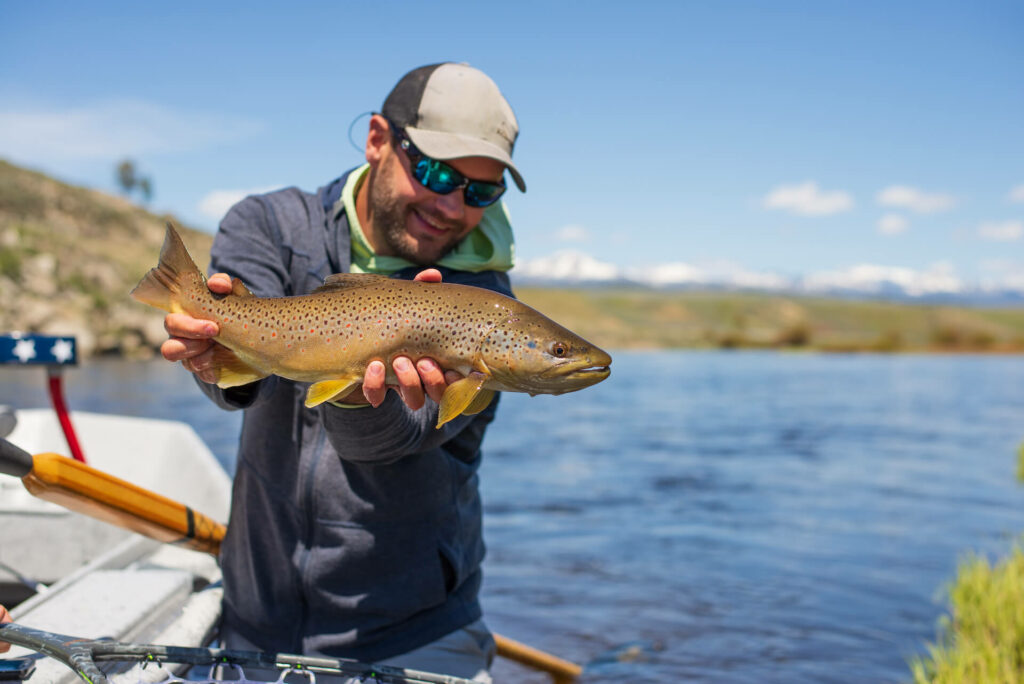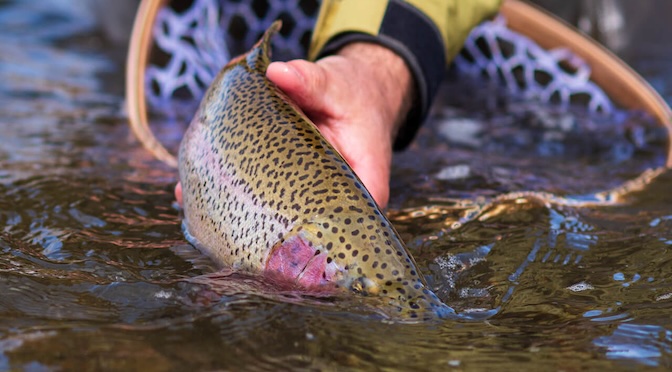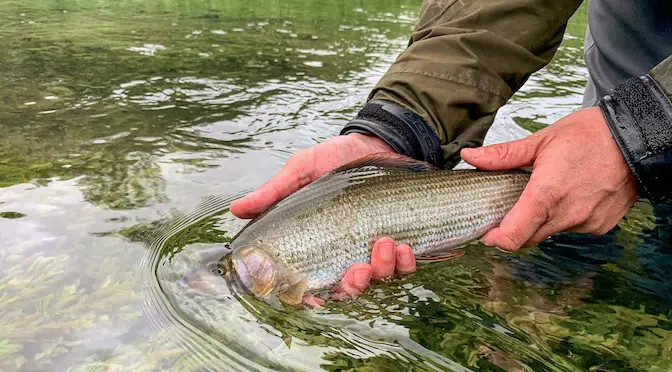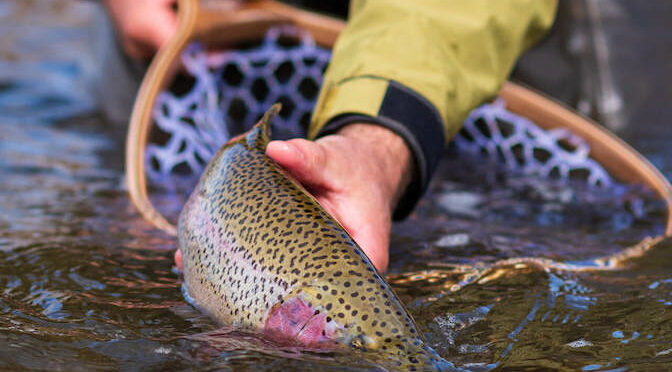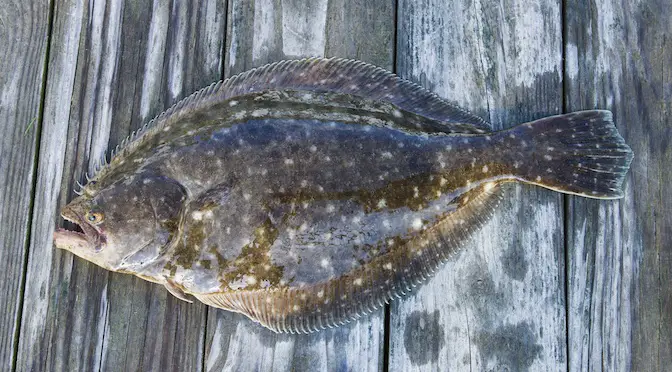- Wading Wisdom #13 – Simon Gawesworth - July 7, 2025
- On the Water with the Korkers Bantam Lite - June 26, 2025
- How to Find Trout in Rivers & Streams Anywhere - June 13, 2025
Have you ever been fishing, staring intently at the water, and thought the fish were playing hide and seek with you?
Truth be told, they might just be right beneath you, but the sun’s glare off the water is keeping them out of sight. Cloudy day or not, the sun can still reflect and make fish-spotting challenging. Enter the game-changer: polarized sunglasses.
Understanding How Polarized Sunglasses Help Fishing
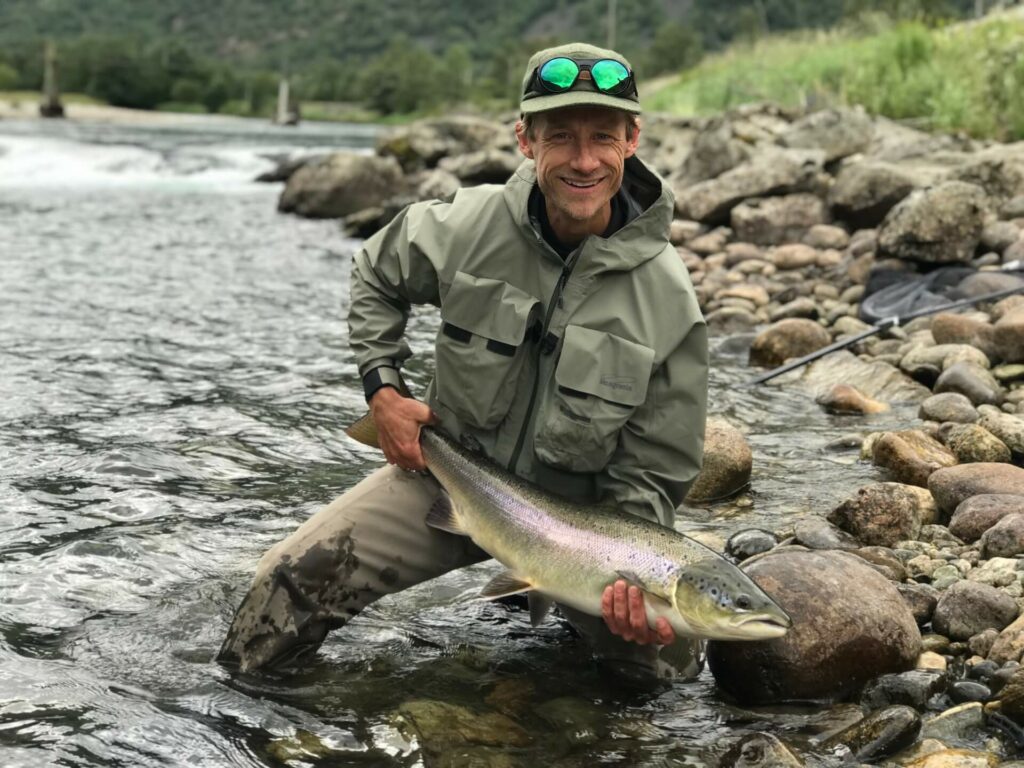
Polarized sunglasses aren’t just trendy; they are specifically designed to combat the blinding sun’s glare, a true boon for fishing enthusiasts. Imagine this: by cutting down that intense reflection, you can actually see beneath the water surface! Suddenly, those sneaky fish aren’t so invisible anymore. This comes in handy for almost all fly fishing environments no matter whether you’re out on the open ocean or fishing on a lake or river.
So, How Do They Work?
Polarized lenses come with a special chemical filter. In layman’s terms, this filter scatters sunlight, preventing it from bouncing straight into your eyes, which can cause eye strain. Unlike standard sunglasses that just protect against UV rays, polarized sunglasses handle the tough job of blocking horizontal sunlight.
How Polarized Sunglasses Help Fishing

Wondering how polarized sunglasses stack up against regular ones?
Glare-Reduction: The unique chemical coating on polarized lenses diffuses glare, allowing you to see more vividly without squinting.
UV Protection: Regular sunglasses protect against UV damage, but glare remains an issue. With polarized sunglasses, however, always check if they also offer UV protection.
Cost: Quality often comes with a price. Polarized sunglasses might be a tad more expensive, but the benefits can outweigh the costs.
Appearance: Polarized lenses are usually darker. A small trade-off: they might make your smartphone screen appear darker.
Why Sport Fishermen Swear By Them
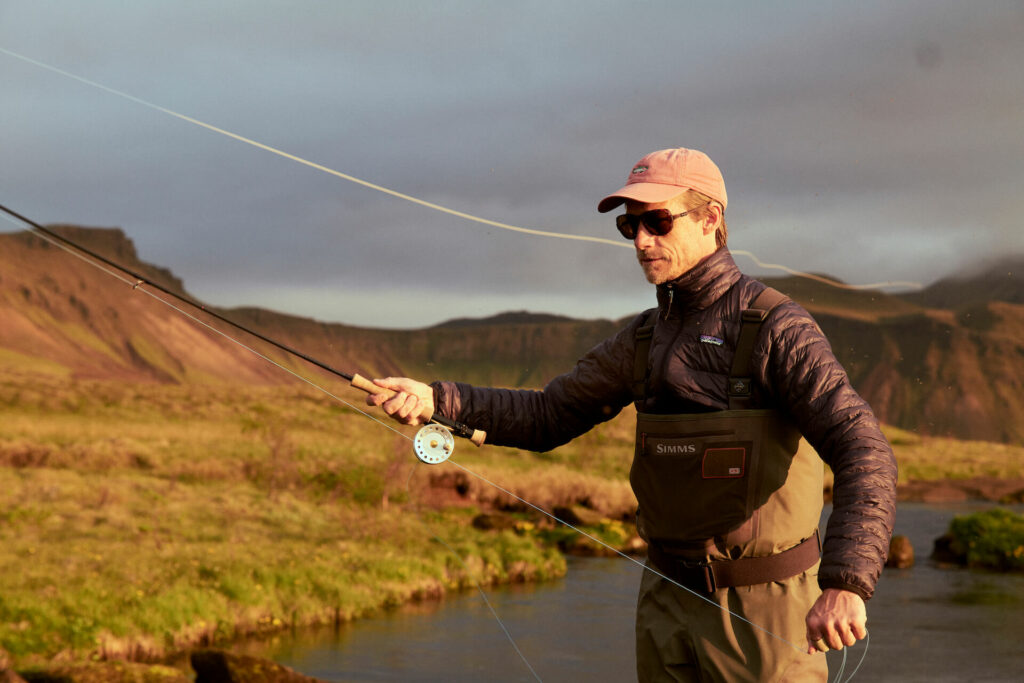
Spotting Fish: Reading the water is crucial in fishing. The sun’s glare can create a mirror effect on the water, concealing fish and underwater structures. Polarized glasses break this illusion, almost giving you a superpower to see underwater.
Visual Contrast Boost: Different colored polarized lenses can help identify fish shadows, shapes, and colors.
Fishing in Dim Light: Fish are often more active during dawn or dusk. Polarized sunglasses can sharpen your vision even in such low-light scenarios.
Choosing The Right Lens Color
Different fishing situations might call for varied lens colors:
Rose: Great for low light but lacks in boosting visual contrast.
Amber or Copper: Popular among anglers, these lenses strike a good balance between natural light and contrast enhancement.
Grey: Ideal for varied fishing scenarios, they preserve the ambient light.
Yellow: Perfect for low-light or foggy conditions, they offer stellar contrast, making them a top pick for sight fishing.
Blue: Great option for really bright conditions such as on the open water on the ocean or lakes
Green: Also a good allrounder and good for overcast to bright conditions
In Conclusion
To sum it up, polarized sunglasses aren’t just stylish accessories; they’re a fisher’s best friend. Whether you’re fishing, driving on a sunny day, or lounging at the beach, they offer clarity and comfort. So next time you head out fishing, let the fish play hide and seek; with your polarized glasses on, you’re sure to win!
Quick FAQs
Why are sunglasses essential for fishing?
While normal sunglasses shield from UV rays, polarized ones enhance your vision, offering richer contrast and cutting down blinding reflections.
How can I tell if my glasses are polarized?
A simple test: Look at a reflective surface like water. If the glare intensity changes when you tilt your head, they’re polarized.
Do polarized sunglasses work in all water conditions?
While polarized sunglasses excel in most water conditions, their effectiveness might be reduced in extremely turbid or muddy waters. Still, they will offer a better view than standard sunglasses.
Can I wear polarized sunglasses for activities other than fishing?
Absolutely! While they’re a favorite among fishers, many people wear polarized sunglasses for driving, hiking, skiing, and beach outings to reduce glare and improve clarity.
Are there any downsides to wearing polarized sunglasses?
In rare cases, polarized lenses can interfere with viewing LCD screens, like some car dash displays or ATMs. They can also make ice patches on the road in winter less visible.
Is there a difference between dark-tinted and polarized sunglasses?
Yes! While dark-tinted glasses reduce brightness, they don’t combat glare like polarized lenses do. Polarization specifically targets the scattering and reflection of light.
How do I care for my polarized sunglasses?
Treat them gently. Use a microfiber cloth for cleaning, store in a protective case, and avoid leaving them in high-temperature areas like a car’s dashboard. This will extend their lifespan and maintain their effectiveness.



